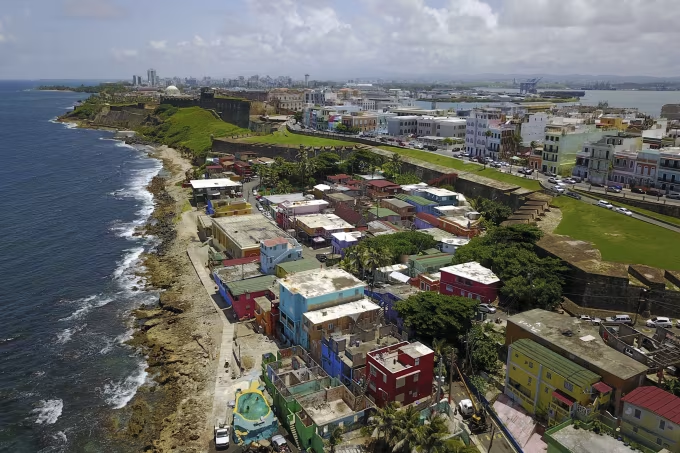The United States granted citizenship to 34,289 Nigerians through naturalization between 2020 and 2022, according to the latest Naturalisations Annual Flow Report from the U.S. Department of Homeland Security.
Nigeria ranked 15th globally among countries of origin for new U.S. citizens during this period.
The report, compiled by the Office of Homeland Security Statistics, reveals a significant 58.8 per cent increase in Nigerian naturalizations over the three-year span. In 2020, 8,930 Nigerians obtained U.S. citizenship, representing 1.4 per cent of all naturalizations that year. The number rose to 10,921 in 2021 (a 22.3 per cent increase) and surged to 14,438 in 2022 (a 32 per cent jump), marking an all-time high for Nigerian naturalizations.
These figures account for 3 per cent of all 248,553 Africans who became U.S. citizens during the period. Among African nations, only Nigeria and the Democratic Republic of Congo made the global top-30 list, with Nigeria leading the continent. The DRC saw its naturalizations nearly double to about 6,000 in 2022.
The naturalization process, governed by the U.S. Immigration and Nationality Act, requires applicants to file Form N-400 and undergo thorough screening. As explained by the Department of Homeland Security: “To be considered for naturalisation, an applicant must meet statutory and regulatory requirements and file a Form N-400, Application for Naturalisation, with appropriate documentation. U.S. Citizenship and Immigration Services conducts an investigation and examination of all naturalisation applicants, which includes completion of security and criminal background checks, review of the applicant’s complete immigration record, interview(s) with oral and written testimony, testing for English and civics requirements, and qualifications for accommodations or disability exceptions.”
African immigrants showed the fastest growth rate in naturalizations, typically spending a median of six years as permanent residents before becoming citizens – one year quicker than the global average. This trend reflects historical shifts in U.S. immigration patterns since the 1965 amendments to the INA abolished national-origin quotas, opening doors to Asian and African immigrants.
Globally, Mexico led with 326,237 naturalizations, followed by India (171,114) and the Philippines (135,313). Together, the top 10 countries accounted for nearly half of the 2.4 million naturalizations completed during 2020-2022.
The report notes that application volumes and approvals don’t always align, as some petitions are denied or decided in later years. The USCIS emphasizes that “following approval, USCIS schedules applicants for a required oath ceremony before a judge or authorised executive branch official.”
To qualify, applicants must generally be at least 18 years old, have five years of lawful permanent residence (three if married to a U.S. citizen), and demonstrate continuous U.S. residence and good moral character. Successful applicants gain full citizenship rights, including voting privileges.







